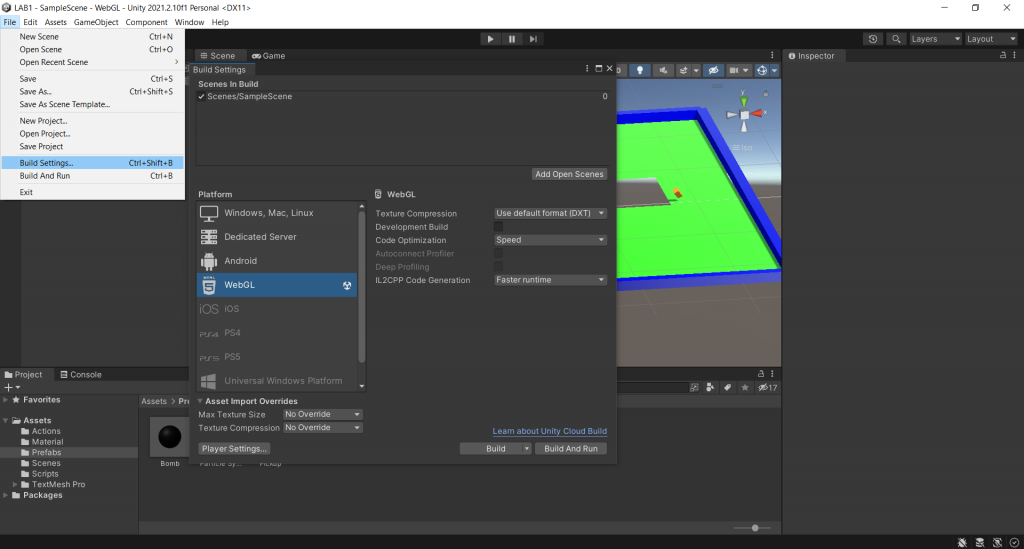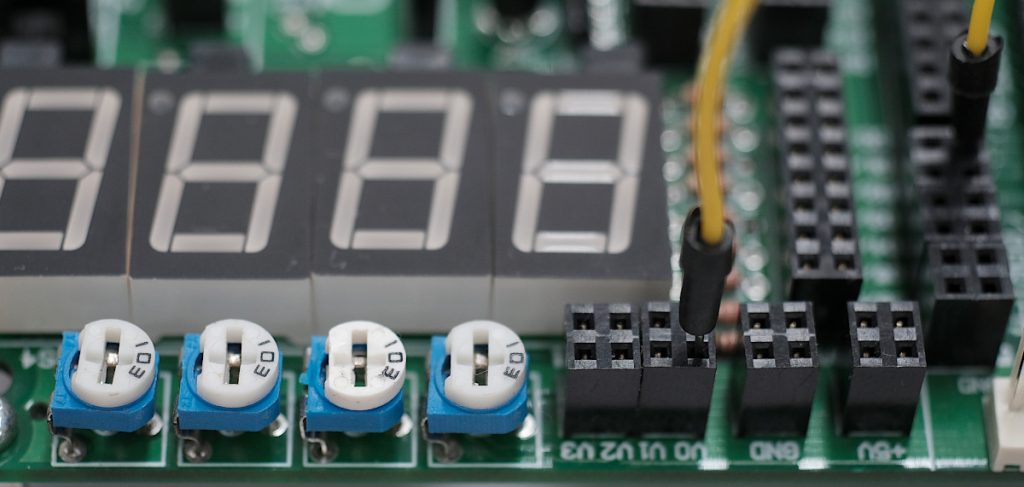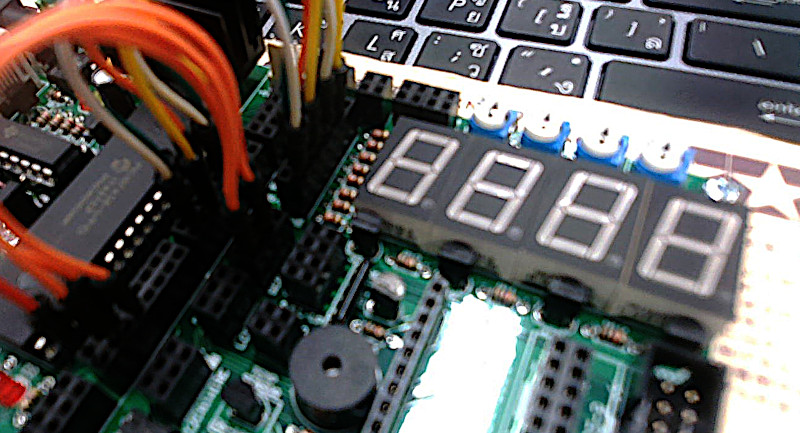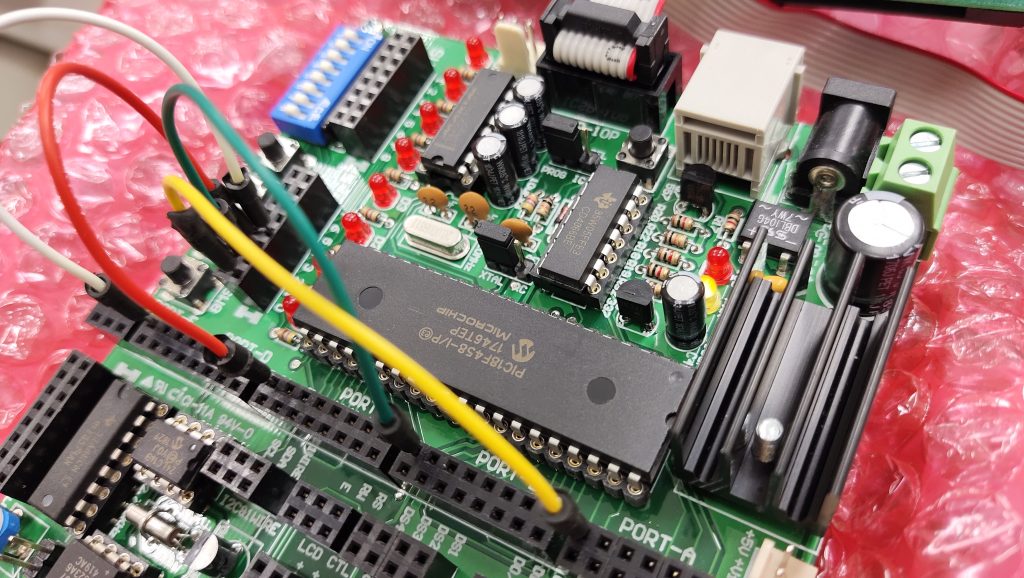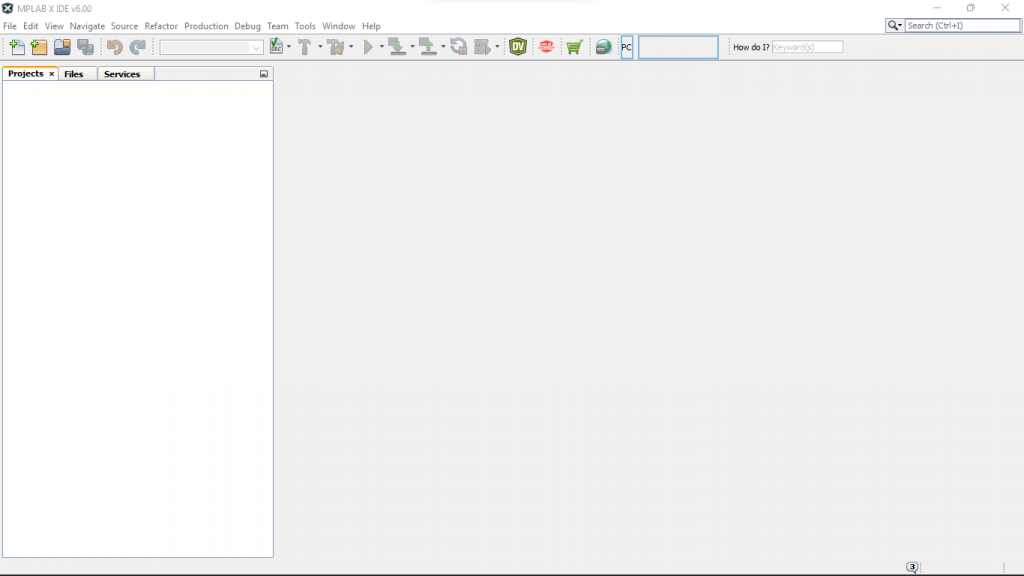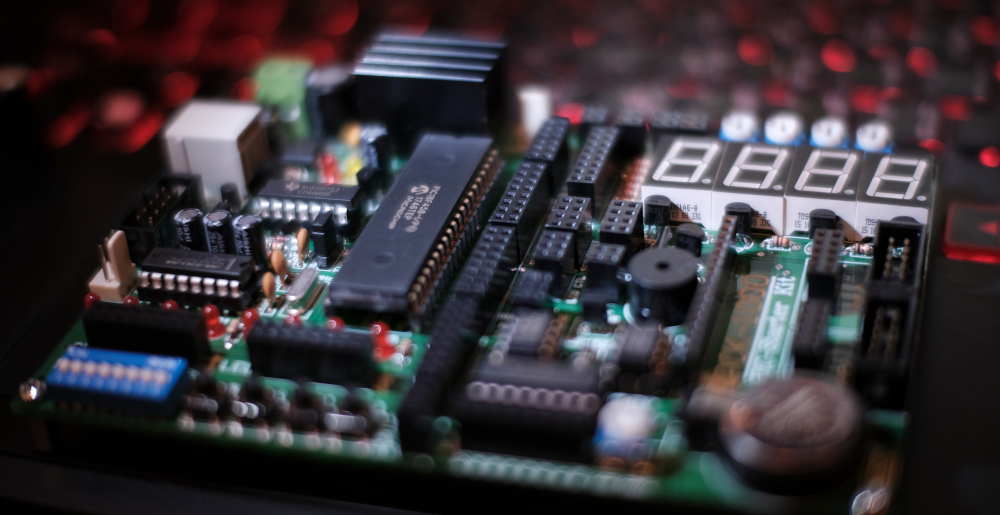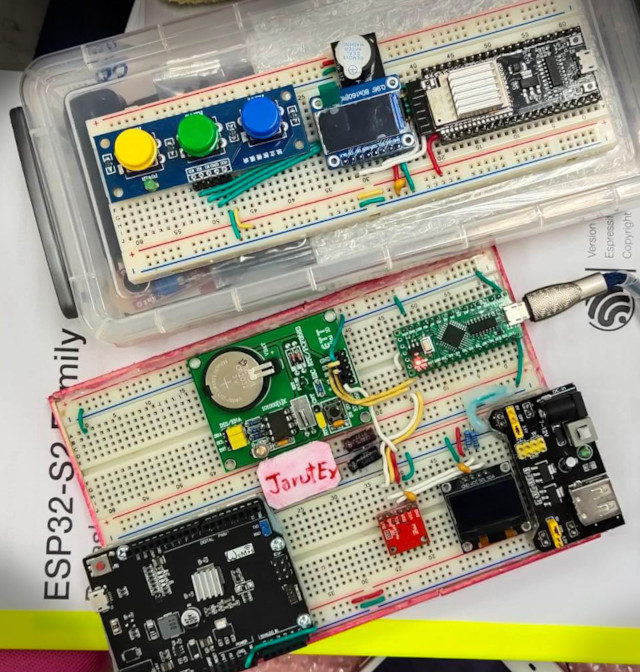[EN] Hosting Unity WebGL game on the sever
This article discusses bringing a Unity-developed WebGL-style game onto a server running Ubuntu operating system in the Google Compute Engine.
Developing a game with Unity, we can code a game once and create a game on multiple systems, whether it’s Windows, Android or the web, etc. Before we can put our game on the server, we need to modify it. Build target to WebGL first by going to File > Build Settings and selecting Platform as WebGL as shown in Figure 1.
